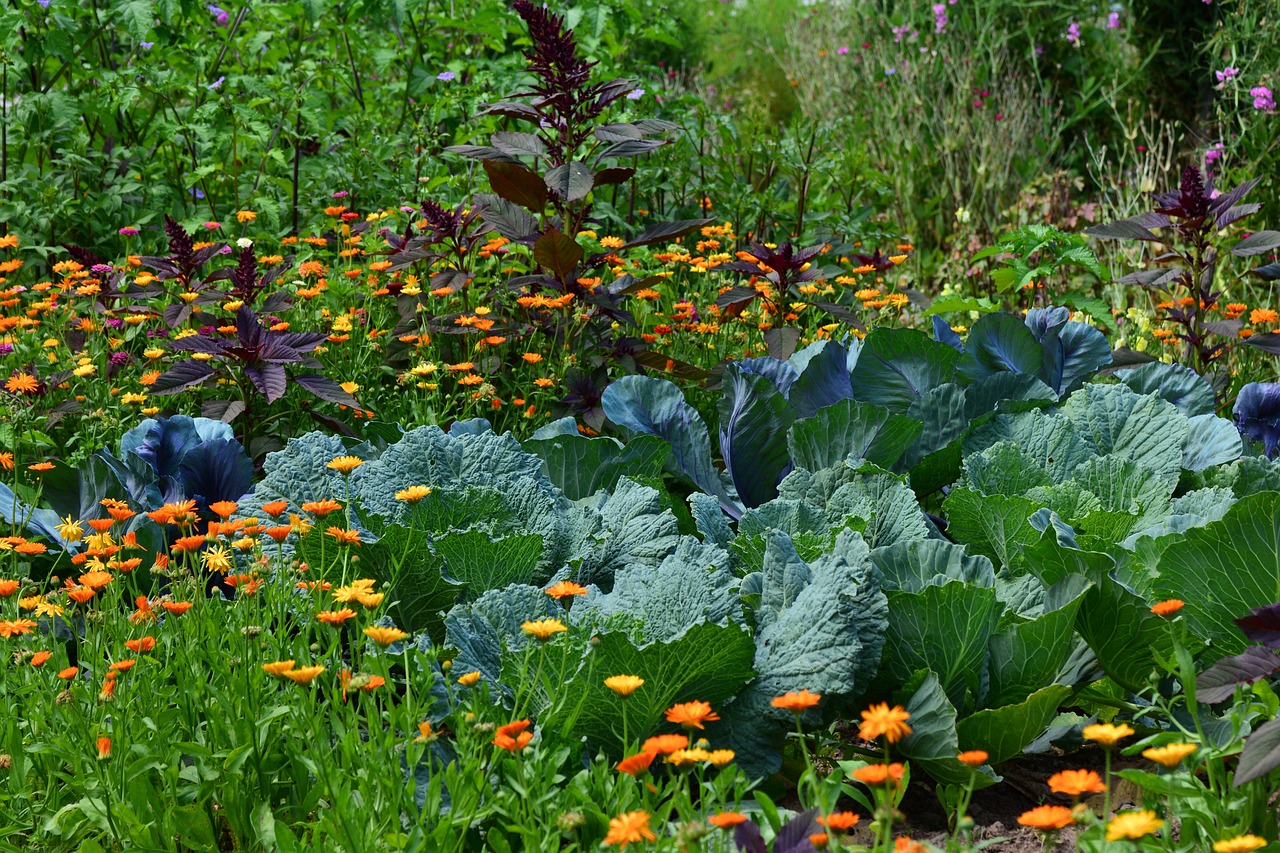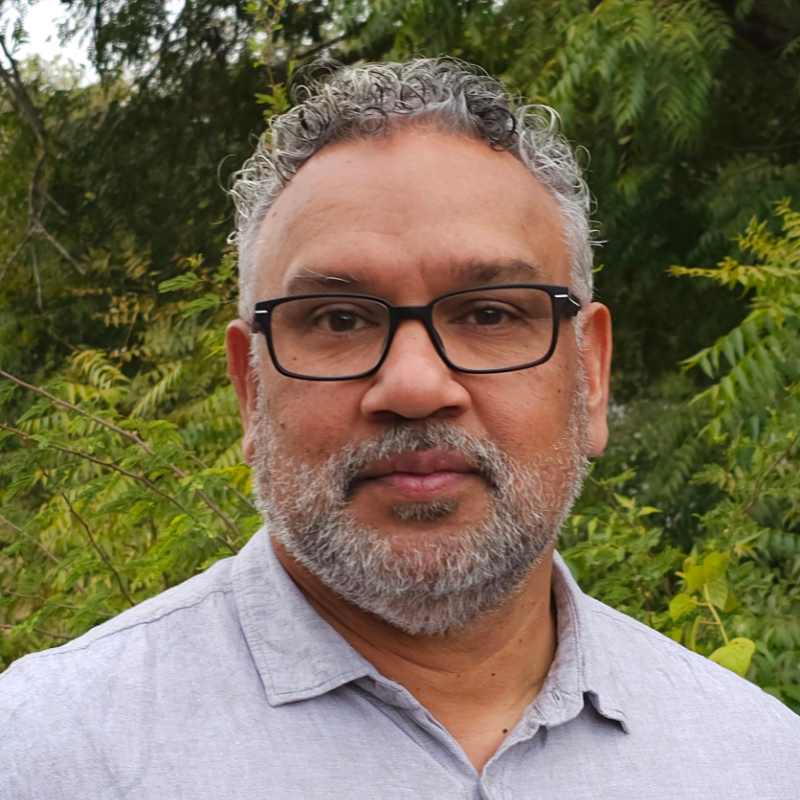Three Leadership Gardens Explained
The Frameworks Origins
The Three Leadership Gardens Framework emerged from Mark Yettica-Paulson’s decades of experience in leadership development and his deep connection to Indigenous knowledge systems.
We are using the gardening metaphor to frame our dialogue. We hope to generate insights that are useful to us and others. It is hoped that through this process we will be able to share our insights to improve the leadership and collaboration work between First Nations and Settler Australians.
Based on three foundational pillars or conceptual frameworks, the Three Leadership Gardens draws on the following:
1. Collaboration for Impact’s Deep Collaboration
2. Mark Yettica-Paulson’s Intercultural Framework and
3. The Bundjalung practice of Banaam and Gogaun.


The Garden Metaphor
Gardens have powerful significance in many cultural traditions, including First Nations cultures across Australia. As a metaphor for leadership development, gardens remind us that:
- Leadership is organic rather than mechanical
- Development requires both intention and patience
- Different elements must work together in balance
- Cycles and seasons are natural parts of growth
- Cultivation works with nature rather than controlling it
This ecological perspective offers a refreshing alternative to industrial or military metaphors that have dominated leadership thinking.
Starting with 3 Camps
In the late 1990s and early 2000s there were many conversations about Australia’s National narrative and our relationship with each other as First Nations/Peoples and other multicultural Australians.
There were several contributing factors at the time, including the ending of the decade of Reconciliation, the 2000 Sydney Olympics, and the Centenary of Federation. We witnessed the bridge walks of 2000 and saw the introduction of Native Title.
Many of the moments impacting Australia’s national narrative at this time were often categorised as issues impacting the relationship between “Indigenous and non- Indigenous Australians”.

This caused me to articulate that there are, actually “3 Camps” in the Australian national narrative. One camp is the First Nations camp where descendants of the First peoples of this land congregate. This is the so-called, “black camp”. The second camp is where the descendants of the First Fleet and light-skinned European originate from. This is the so-called, “white camp”.
And finally, there is a third camp that represents all other Australians who neither identify as so-called white Australia or as descendants of the First Nations/Peoples. This was the so-called, “ethnic or multicultural camp”.

Developing Intercultural Leadership Practice
Over the past 20 years conversations have been developing from a cross-cultural understanding to intercultural leadership. Through explorations of power dynamics, impacts of colonisation, Adaptive Leadership, Deep Democracy, and Process Orientated Psychology, we’ve been able to develop a comprehensive practice for holding collaborations between First Nations and Settler Australians.
In the past 5 years Collaboration for Impact has developed the practice of Deep Collaboration to become a way of working to create conditions, build readiness, curate tough conversations, and improve collaborative outcomes. It has not been without mistakes and setbacks, but it has grown to become an effective way to navigate collaborations across cultures and differences.
Some of the key learning that have arisen from the development of Deep Collaboration include:
Deep Collaboration practices can be applied more universally to contexts of differences. That is, it can be useful to practice beyond cultural differences and move into contexts where other systemic beliefs and barriers are inhibiting collaboration efforts.
Deep Collaboration practices can be enhanced through deeper explorations into gender representation and power. That is, it can be used to deepen understanding about the power dynamics associated with gender, authority, and representation in collaborations.
Deep Collaboration practice can also be enhanced through a rigorous relationship with intersectionality. That is, it can be more widely applied to collaboration contexts where intersectionality is understood to be actively used for analysis of power relationships.
Three Leadership Gardens Process
The Three Leadership Gardens seeks to address some key learning areas for practitioners arising from Deep Collaboration and for those who work in the spaces of leadership development that involves First Nations and other multicultural Australians.
The Three Leadership Gardens is based on three foundational pillars or conceptual frameworks: Deep Collaboration, The Intercultural Framework, and the Bundjalung practice of Banaam and Gogaun. The process model is drawn from a similar process that produced the foundational work of Lost Conversations.
Using Deep Collaboration practices, we will hold separate leadership learning circles for First Nations practitioners and Settler Australian practitioners. Each circle will be co- facilitated in a Banaam role by myself and another facilitator from that respective cohort. Additionally, each learning circle will also have a male and female senior practitioner to take up a Gogaun role.
The discussions will gather insights and learning to bring into the Combined Middle Space. The separate learning circles will alternate and be set to occur between the Combined Middle Space learning circles. In the Combined Middle Space learning circles we shall collate our learning for dissemination to others wanting to improve their knowledge and understanding of living and working across differences with a specific reference to working alongside First Nations.


About Mark Yettica-Paulson
Mark Yettica-Paulson is an Indigenous leader from the Birrah, Gamilaroi and Bundjalung peoples of South East Queensland and North East NSW regions of Australia. As founder and Chief of Super Native Unlimited, he brings decades of wisdom from his career in leadership development, intercultural collaboration, and community education.
Mark currently serves as the Deep Collaboration Lead for Collaboration for Impact, Australia’s leading capacity building and learning network for responding to complexity through effective collaboration. He is also the creator of the Intercultural Framework, which helps individuals and organisations navigate cultural spaces effectively. Mark also serves as a facilitator for the Five Stones Leadership program a vision of his parents Reverend Graham and Iris Paulson.
Throughout his career, Mark has advised and facilitated leadership programs for organisations including National Australia Bank, Australian Football League, Medibank Australia, Australia Post, and The Foundation for Young Australians.
The development of the Three Leadership Gardens Framework represents the culmination of Mark’s life’s work in leadership development and his commitment to integrating Indigenous wisdom with contemporary practice.
